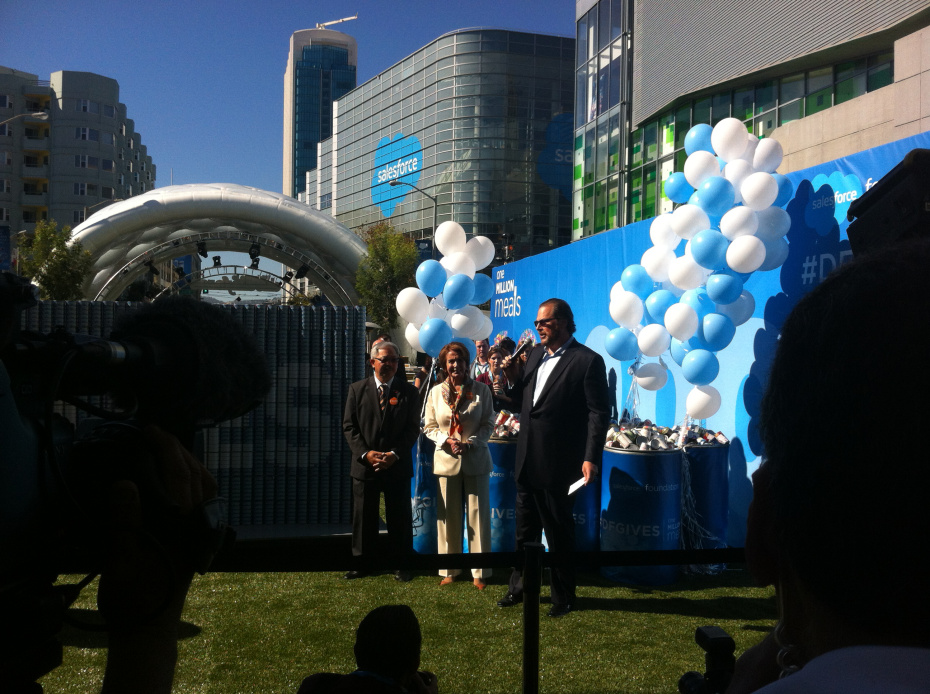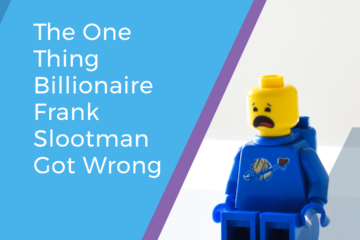
I hope you didn’t miss the Salesforce.com Dreamforce keynote this week in San Francisco.
It’s probably the most entertaining 2 hours you’ll spend in the enterprise technology business all year. I realize that’s a pretty low bar. But there were cultural singers, luxury boats, the Beach Boys, skintight lighting suits, and Coke-delivery drones — you had to be there. It’s basically what would happen if Kanye West decided to get into cloud computing.
Amidst all of this mania, many of us in the customer success management world noticed that Salesforce.com now refers to itself as “the Customer Success Platform.”
My first reaction was, “Oh no — customer success is going the way of cloud computing and big data.” In other words, we used the buzzword so much that we finally killed it.
But then I realized that what’s really happening is customer success is overloaded — meaning we’re using the same phrase to mean five different things.
Customer success as a business model
Salesforce.com popularized the business model of customer success.
After decades of pricing schemes where vendors got paid a lot before customers received value and where customers were stuck regardless, Salesforce.com created a sales model (software-as-a-service, or SaaS) where customers pay as they go.
This meant that for Salesforce.com’s business to be successful, it needed its clients to get success too.
Lincoln Murphy wrote about this recently, calling this the “lowercase” version of customer success.
Customer success as a company-wide priority
Naturally, coming off of the new business model, savvy companies with recurring revenue business models are realizing that the entire company needs to be focused on client success. This can turn into a number of tangible activities including:
Company-wide and exec bonuses around client success
Visibility about customer success metrics in all hands and board meetings
Cross-functional initiatives to drive customer success in the product, in operational processes and in the sales cycle
Customer success as an organization
To make matters even more muddy, many companies have a customer success organization, often led by a vice president of customer success or a chief customer officer.
This organization often includes support, professional services, onboarding, training, renewals (sometimes) and, confusingly, a group that is frequently called customer success management.
Salesforce.com pioneered the concept of having an integrated organization around these concepts, though they call that organization “Customers for Life” (CFL).
Customer success as a profession
Speaking of which, many companies now have a specific role called “customer success manager” (CSM), frequently responsible for proactive client satisfaction, adoption and health — and in some cases, renewal and up-sell / cross-sell.
This is one of the hottest job categories out there, and CSMs are being hired from traditional sales, account management and support roles – along with starting straight out of school.
Customer success as a technology
Finally, to help these professionals drive customer success, an industry of customer success management technology has emerged.
Companies like ours provide technology and best practices to allow companies — and CSMs in particular — to measure the health of their clients (across product usage/adoption, purchases, support, survey feedback and other dimensions), to drive proactive touches and automated outreach to improve customer success and to analyze and track the overall success of the customer base.
Bonus: Customer success as a pay raise
And the not-so-secret hack is if you add “Customer Success” to your LinkedIn description, you’ll get more recruiter calls!
Now what?
So where do we go from here? Here are some things we need to do together:
- Better define the job roles for customer success management and consider that it’s not a one-size-fits-all. Some companies may find titles like client advisor, client executive, client services manager, or other labels to be more appropriate.
- Clarify the name of the organization and consider not having the label overlap with the job title. If the job title is “customer success manager” but you have other titles like “services and support,” it’s confusing to have the organization also be called “customer success.”
- Make sure that the phrase has real substance behind it in your company. If it becomes a buzzword, people will become cynical and stop paying attention.
While Romeo may have famously said “what’s in a name?” in business, names can be pretty important. Make sure you get them right.



